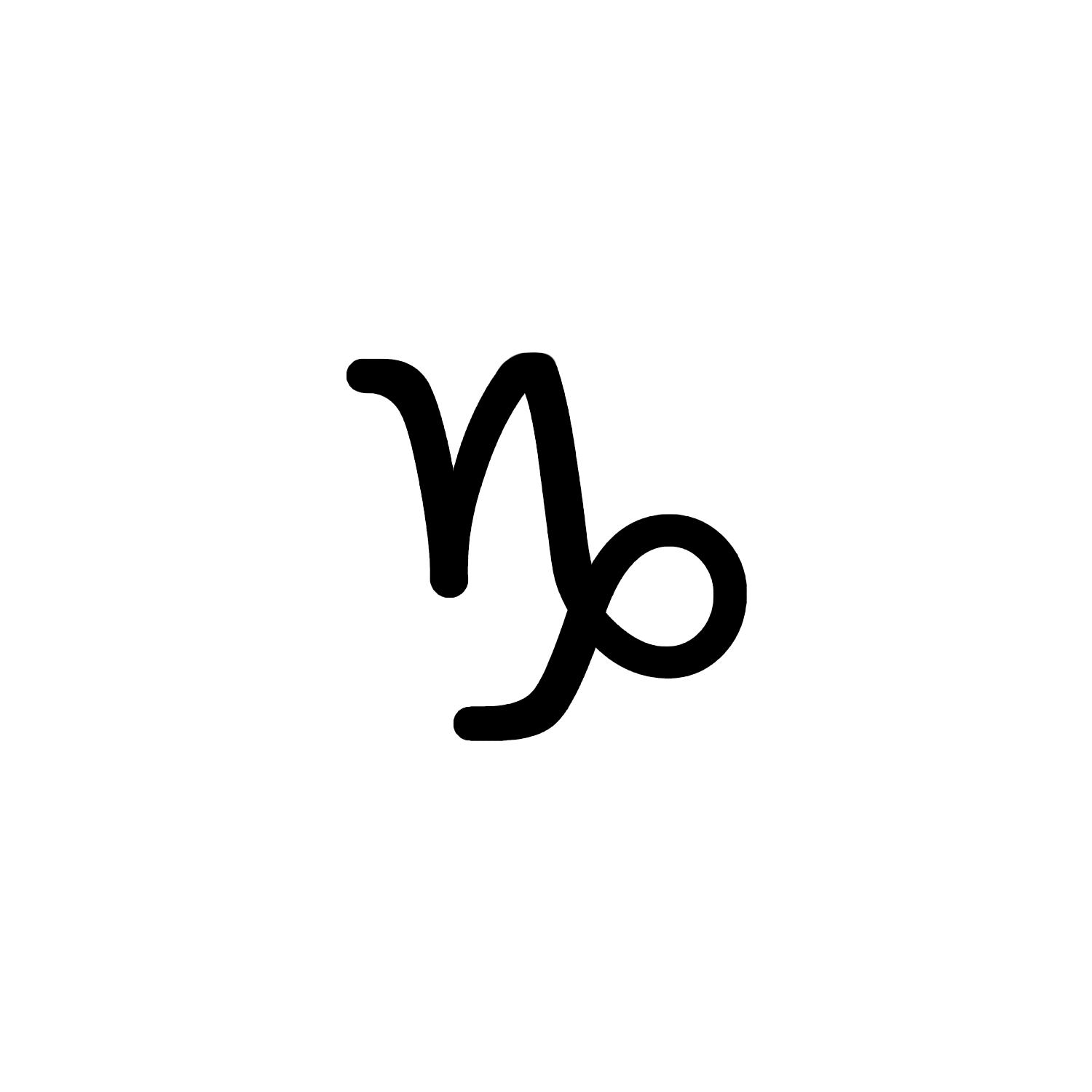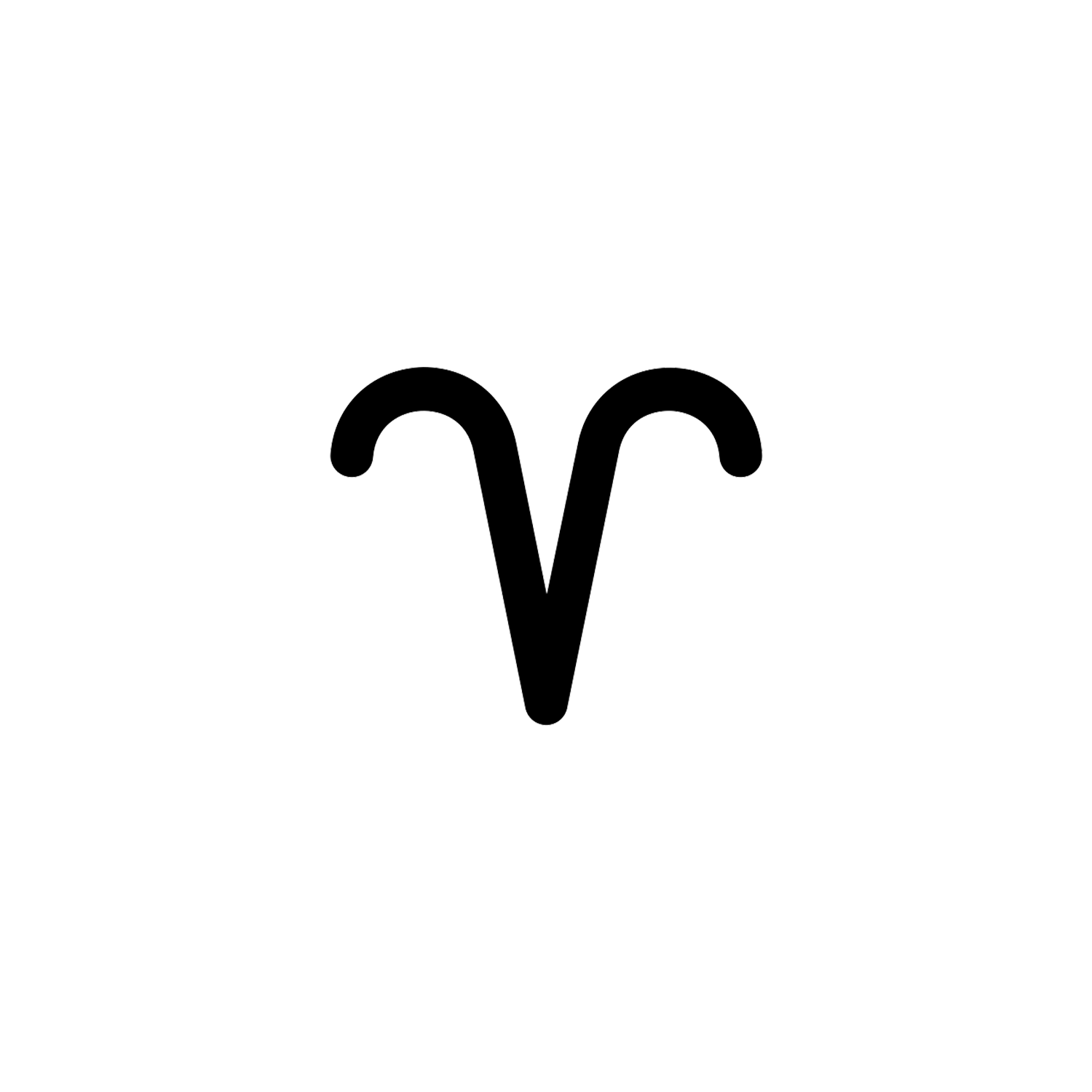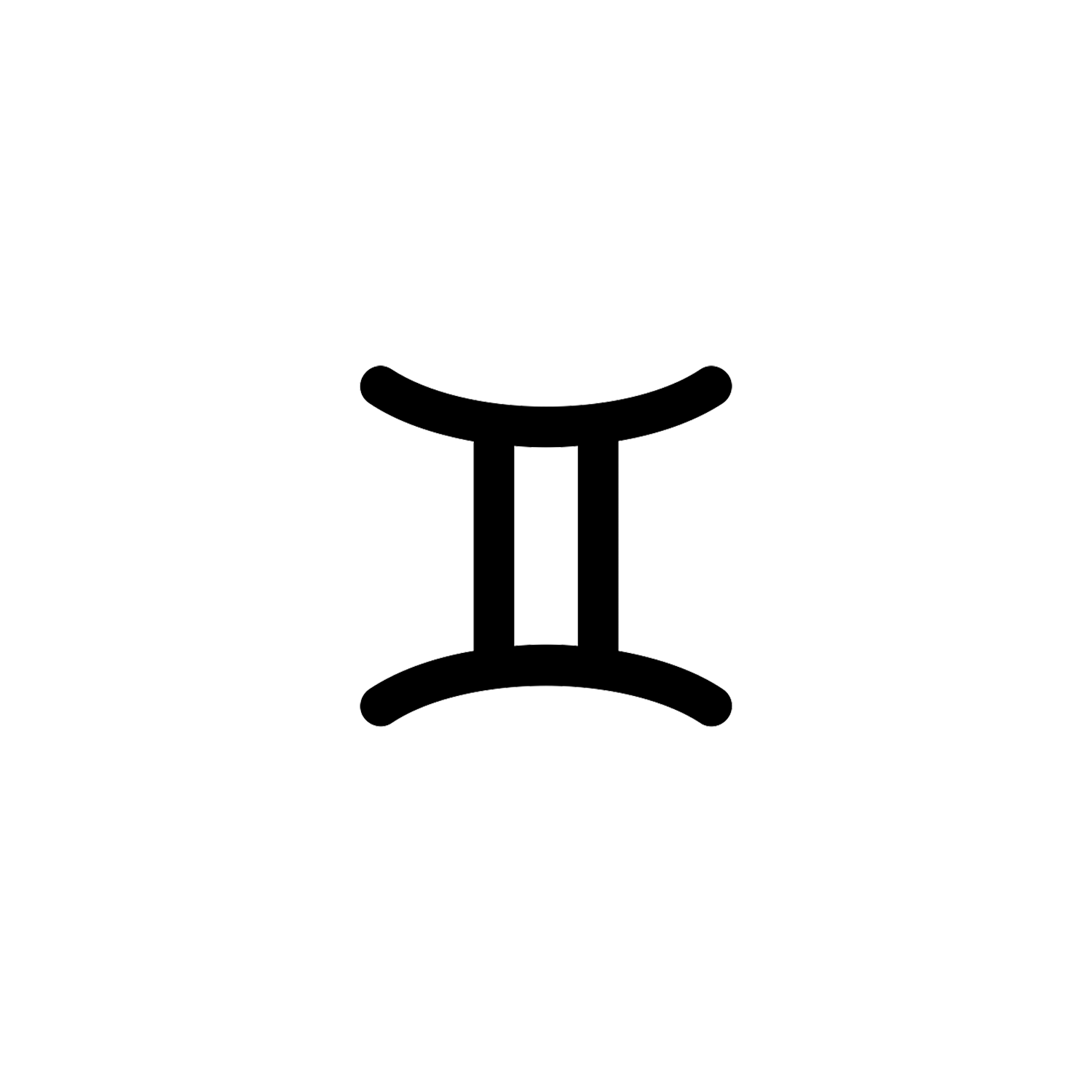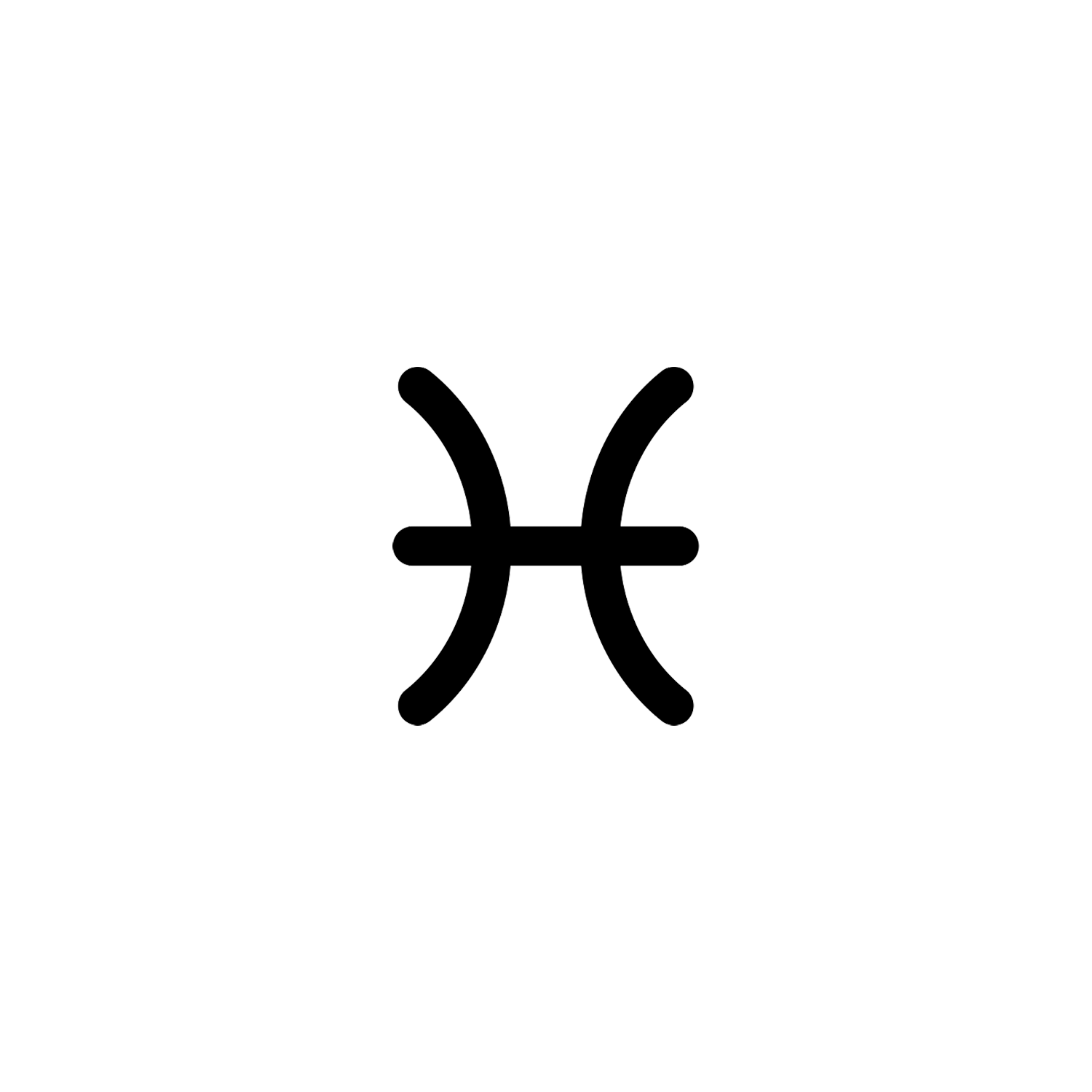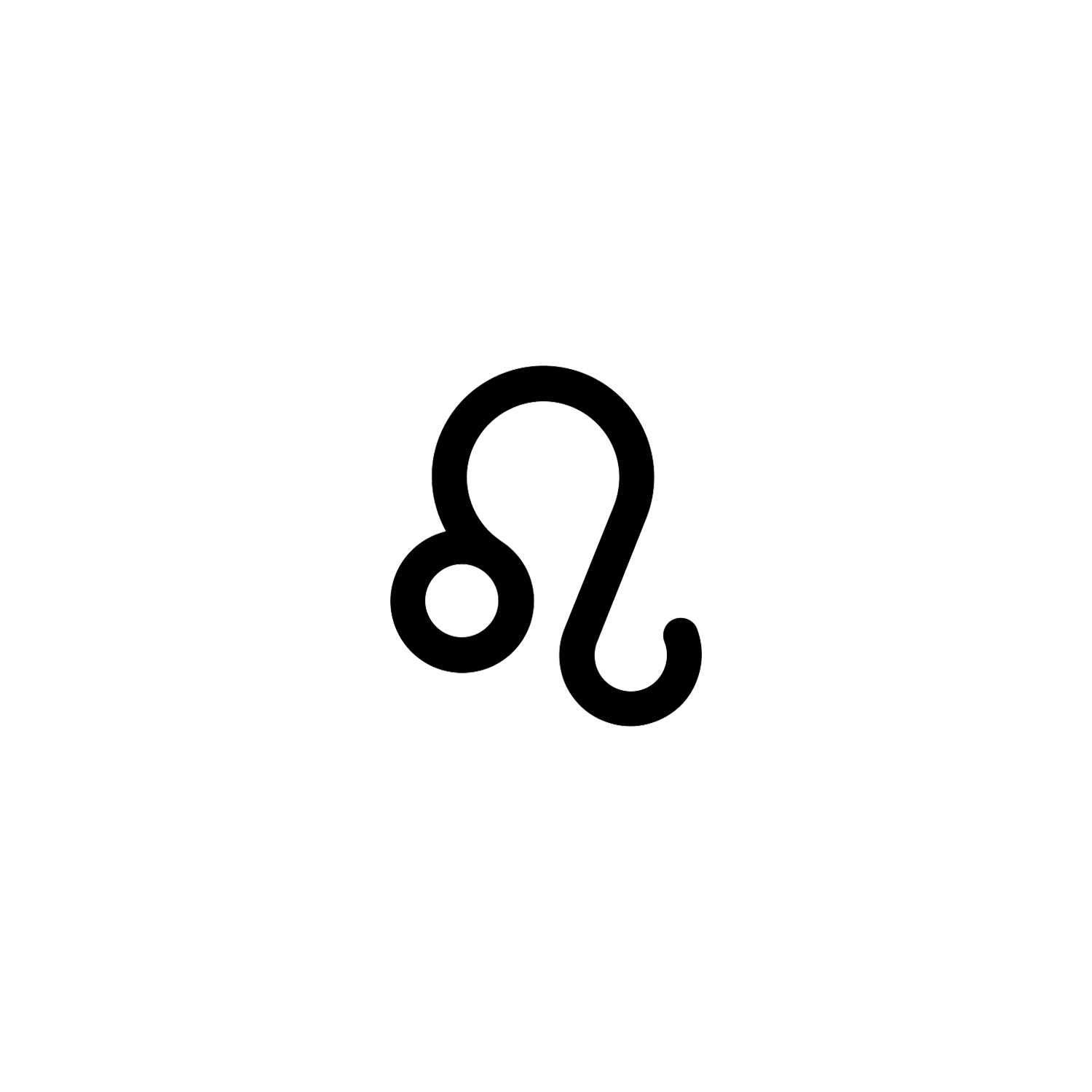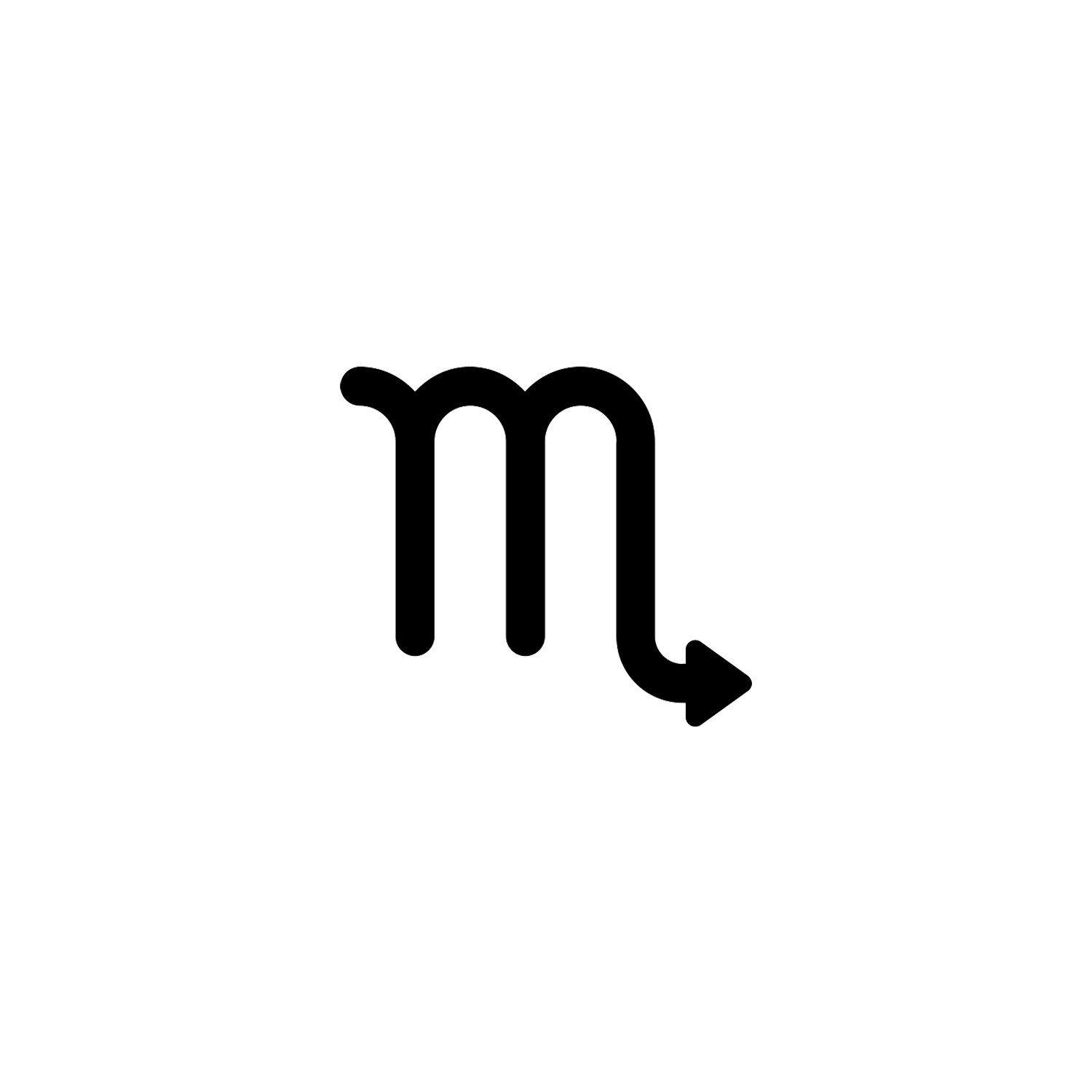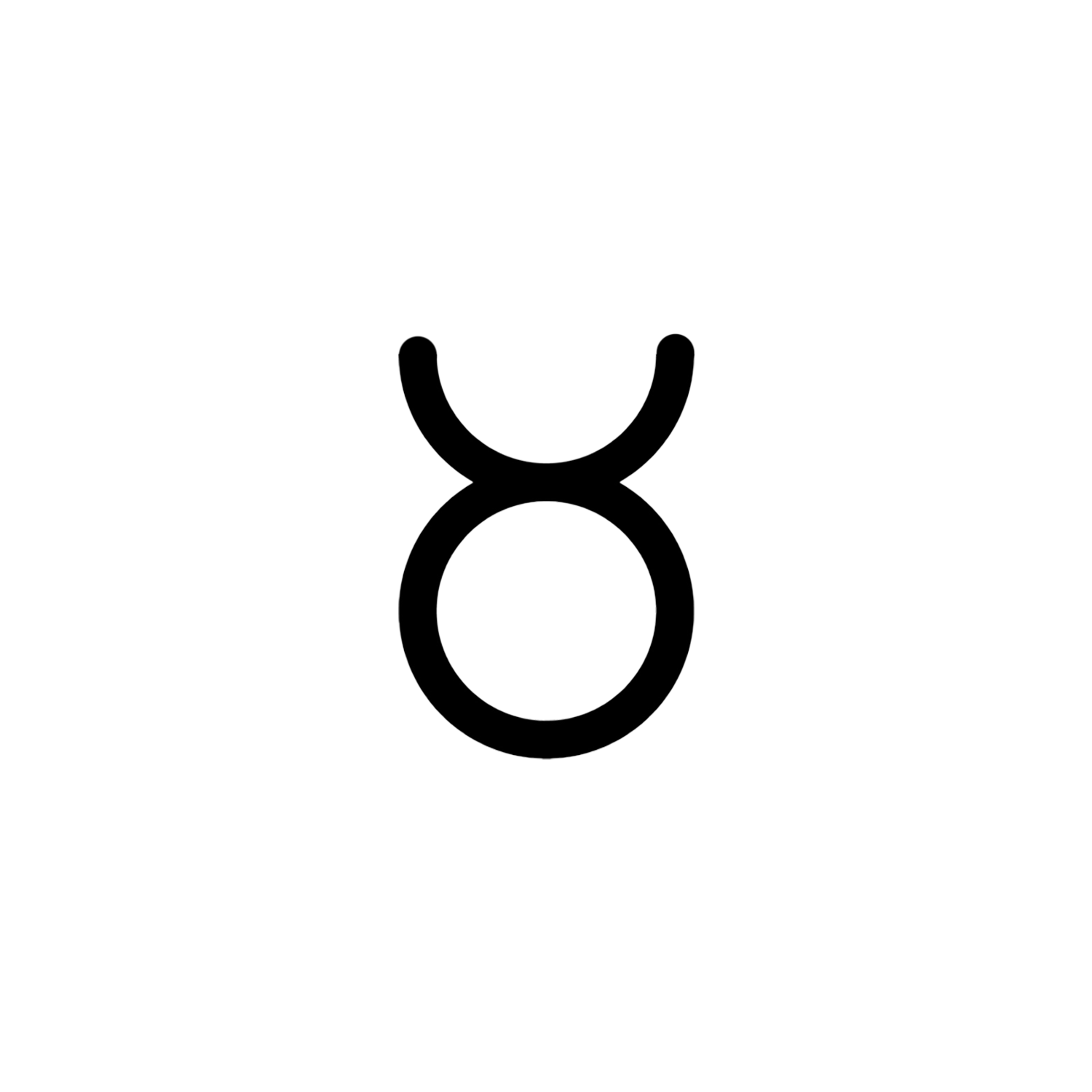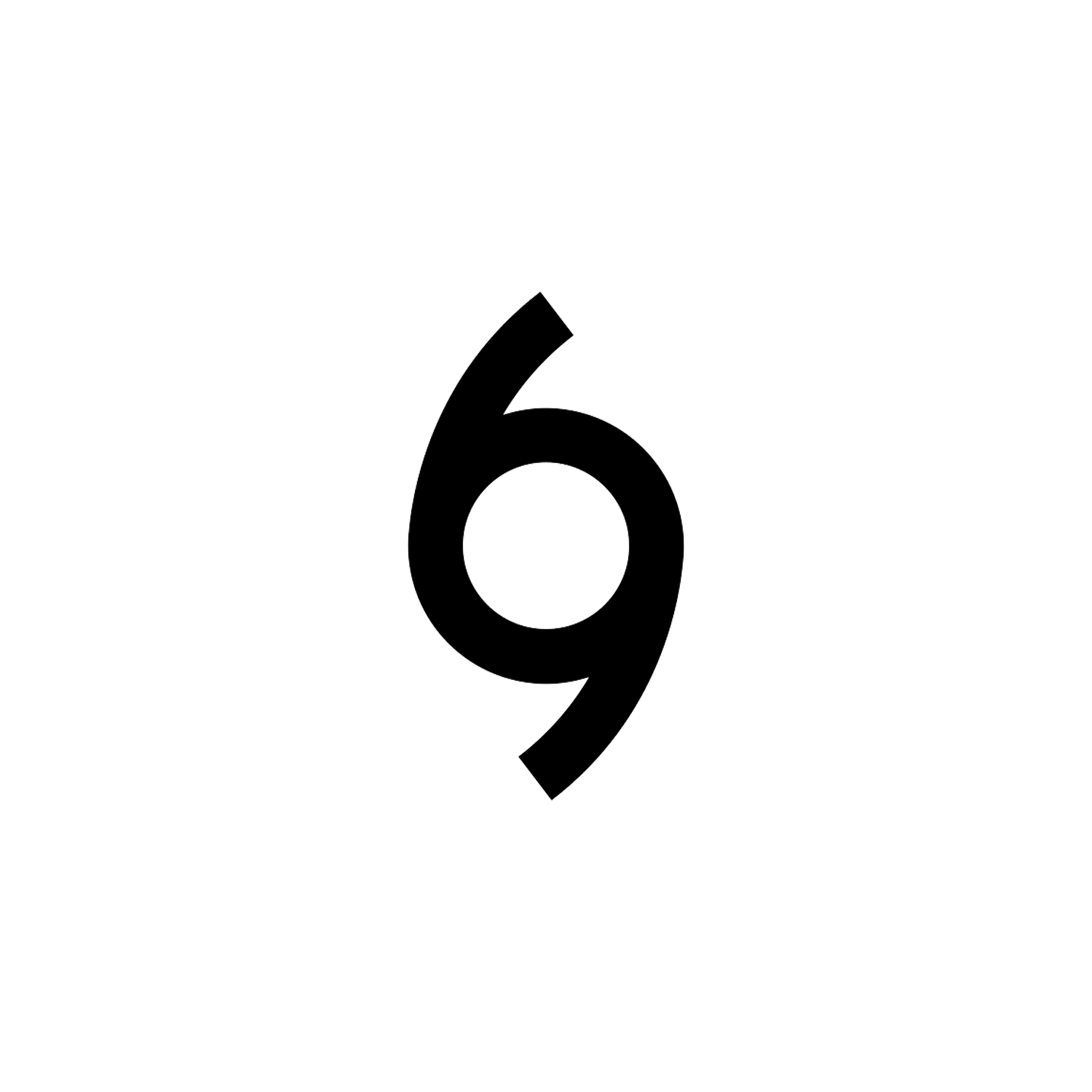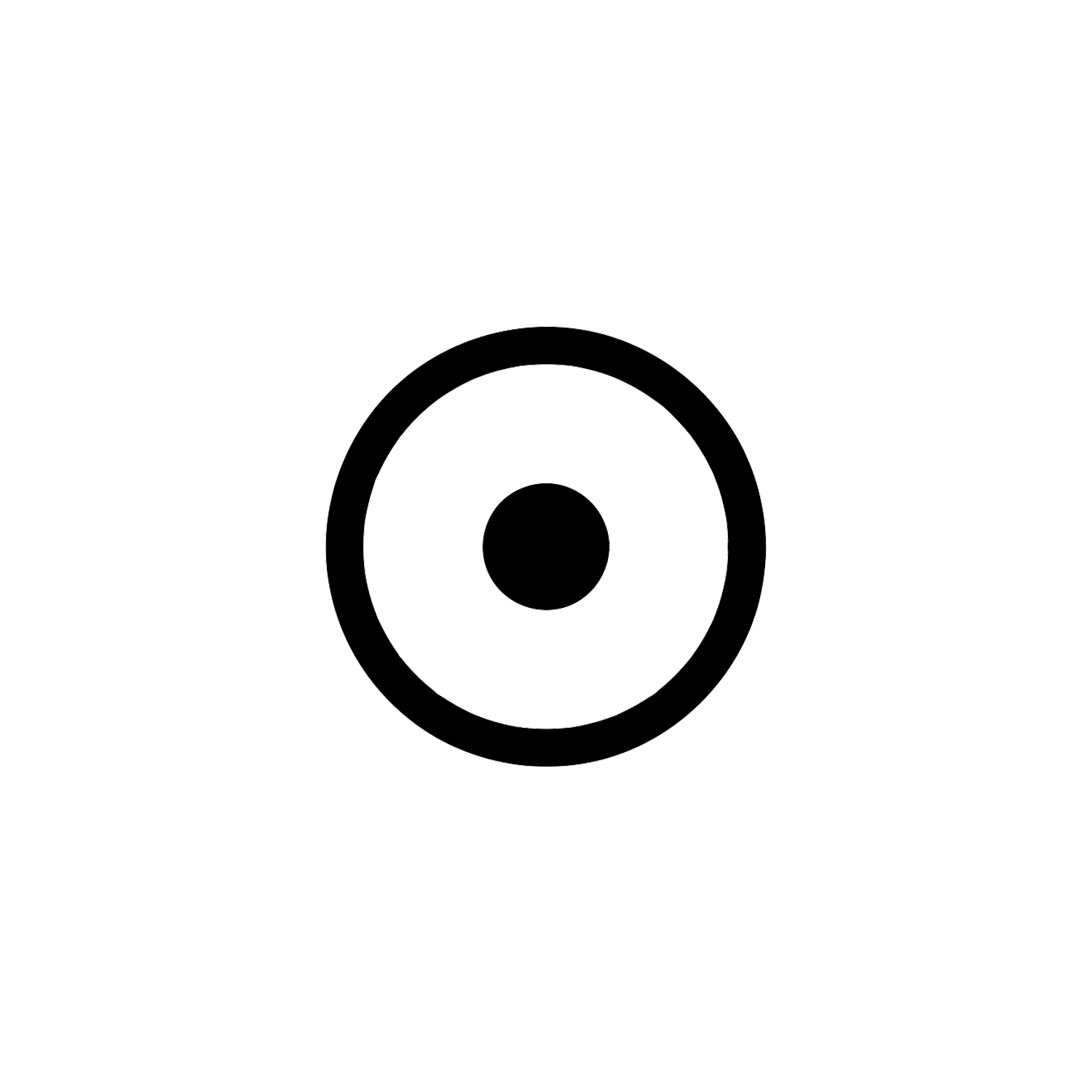Virgo
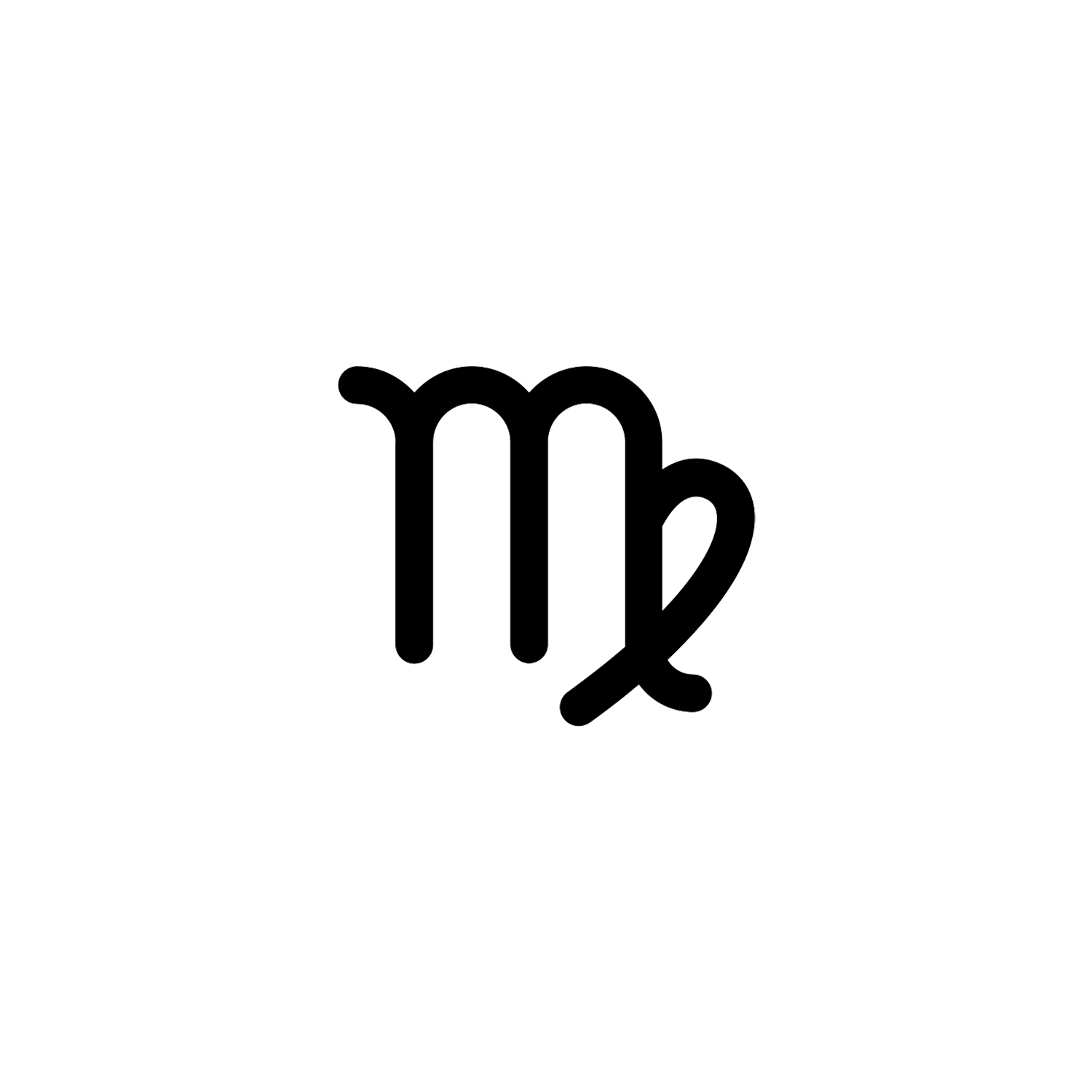

Virgo
The sixth astrological sign in the zodiac.
Overview
Virgo (Ancient Greek: Παρθένος, romanized: Parthénos) (Latin for “virgin” or “maiden”) is the sixth astrological sign in the zodiac. It spans the 150–180th degree of the zodiac. Under the tropical zodiac, the Sun transits this area (on average) between August 23 and September 22.[1] Depending on the system of astrology, individuals born during these dates may be called Virgos or Virgoans.[2]
The sign is associated with Astraea. In Greek mythology, Astraea was the last immortal to abandon Earth at the end of the Silver Age, when the gods fled to Olympus – hence the sign’s association with Earth.[3] She became the constellation of Virgo.[4] Virgo is one of the three Earth signs, alongside Capricorn and Taurus.[5]

The constellation Virgo has many different origins, depending on mythology. Most myths view Virgo as a virgin maiden[6] that carries her associations with wheat.[7] In Greek and Roman mythology, the constellation is related to Demeter, the Greek goddess of the harvest, or her daughter Persephone, queen of the Underworld.[8]
Others associate it with the myth of Parthenos, which explains how the constellation Virgo came to be.[9] In this legend, Parthenos is the daughter of Staphylus and Chrysothemis, and sister to Rhoeo and Molpadia. Apollo had impregnated Rhoeo, but when her father discovered her pregnancy, he assumed it was from a random suitor and was greatly ashamed. As her punishment, he locked her in a box and cast it into a river.


After the fate of their sister, Parthenos and Molpadia lived in fear of their father’s terrible wrath. One evening, Staphylus left his daughters in charge of a valuable bottle of wine. When they both accidentally fell asleep, one of their swine broke the bottle. Fleeing in terror from their father’s wrath, the sisters ran to the edge of a nearby cliff and threw themselves off.
Due to his previous relations with Rhoeo, Apollo saved the two sisters and delivered them to the safety of the nearby cities in Cherronseos. Molpadia settled in Castabus, where she changed her name to Hemithea and was worshipped as a local goddess for many years. Parthenos resided in Bubastis, where she was also worshipped as a local goddess. According to another story, Parthenos was the daughter of Apollo, who made the constellation to commemorate her death at a young age.[10]
In another Greek myth, Virgo is the Athenian maiden Erigone, daughter of Icarius. After Icarius was murdered by his shepherds in a drunken rage, Erigone hung herself out of grief, and her dog Maera committed suicide.[11] Zeus or Dionysus pitied the family and placed them in the sky as constellations: Erigone became Virgo, Icarius became Bootes, and Maera became Canis Minor.[12]
In Egyptian mythology, the time when the Sun was in the constellation Virgo marked the beginning of the wheat harvest, connecting Virgo to the wheat grain. In Christianity, Jesus was born to a virgin in the town of Bethlehem; the ancient Zodiac ended in the constellation Leo and began with Virgo.
A comparable sign to Virgo in Hindu astrology is Kanya (meaning “maiden”).
Astrology
In Western astrology, the polarity divides the zodiac in half and refers to the alignment of a sign’s energy as either positive or negative, with various attributes associated to them as a result.[13]
Positive polarity signs, also called active, yang, expressive, or masculine signs, are the six odd-numbered signs of the zodiac: Aries, Gemini, Leo, Libra, Sagittarius, and Aquarius. Positive signs make up the fire and air triplicities.[14][15]
Negative polarity signs, also called passive, yin, receptive, or feminine signs,[16] are the six even-numbered signs of the zodiac: Taurus, Cancer, Virgo, Scorpio, Capricorn, and Pisces. Negative signs make up the earth and water triplicities.[17]

Astronomy
Virgo is prominent in the spring sky in the Northern Hemisphere, visible all night in March and April. As the largest zodiac constellation, the Sun takes 44 days to pass through it, longer than any other. From 1990 and until 2062, this will take place from September 16 to October 30. It is located in the third quadrant of the Southern Hemisphere (SQ3) and can be seen at latitudes between +80° and -80°.
The bright star Spica makes it easy to locate Virgo, as it can be found by following the curve of the Big Dipper/Plough to Arcturus in Boötes and continuing from there in the same curve (“follow the arc to Arcturus and speed on to Spica”).[18]
Due to the effects of precession, the first point of Libra, (also known as the autumn equinox point) lies within the boundaries of Virgo very close to β Virginis. This is one of the two points in the sky where the celestial equator crosses the ecliptic (the other being the first point of Aries, now in the constellation of Pisces). From the 18th century to the 4th century BC, the Sun was in Libra on the autumnal equinox, shifting into Virgo thereafter. This point will pass into the neighboring constellation of Leo around the year 2440.

In the Babylonian MUL.APIN (c. 10th century BC), part of this constellation was known as “The Furrow”, representing the goddess Shala and her ear of grain. One star in this constellation, Spica, retains this tradition as it is Latin for “ear of grain”, one of the major products of the Mesopotamian furrow. For this reason the constellation became associated with fertility.[19] The constellation of Virgo in Hipparchus corresponds to two Babylonian constellations: the “Furrow” in the eastern sector of Virgo and the “Frond of Erua” in the western sector. The Frond of Erua was depicted as a goddess holding a palm-frond – a motif that still occasionally appears in much later depictions of Virgo.[20]
Early Greek astronomy associated the Babylonian constellation with their goddess of wheat and agriculture, Demeter. The Romans associated it with their goddess Ceres. Alternatively, the constellation was sometimes identified as the virgin goddess Iustitia or Astraea, holding the scales of justice in her hand (that now are separated as the constellation Libra).[21]
Another Greek myth from later, Classical times, identifies Virgo as Erigone, the daughter of Icarius of Athens.[22] Icarius, who had been favored by Dionysus and was killed by his shepherds while they were intoxicated after which Erigone hanged herself in grief; in versions of this myth, Dionysus is said to have placed the father and daughter in the stars as Boötes and Virgo respectively.
Another figure who is associated with the constellation Virgo was the spring goddess Persephone,[23][24][25][26] the daughter of Zeus and Demeter who had married Hades and resided in the Underworld during summer.[27]
In the Poeticon Astronomicon by Hyginus (1st century BC), Parthenos (Παρθένος) is the daughter of Apollo and Chrysothemis, who died a maiden and was placed among the stars as the constellation.[28] Diodorus Siculus has an alternative account, according to which Parthenos was the daughter of Staphylus and Chrysothemis, sister of Rhoeo and Molpadia (Hemithea). After a suicide attempt she and Hemithea were carried by Apollo to Chersonesus, where she became a local goddess.[29] Strabo also mentions a goddess named Parthenos worshipped throughout Chersonesus.[30]
During the Middle Ages, Virgo sometimes was associated with the Blessed Virgin Mary.[31]
In Greek mythology, the constellation is also associated with the daughter of Zeus, Dike the goddess of justice, who is represented holding the scales of justice.

Differences between Astrology and Astronomy
Astrological signs are now only used in astrology to tell fortunes and describe people’s characters. Zodiac constellations are the subject of astronomy. Previously, they marked the passage of time and the seasons for ancient people and helped create calendars. Even now, they are used for marine navigation and astronomical observations. For instance, they are especially useful for amateur astronomers as reference points to locate planets.
Astrology is a pseudoscience.[32] Scientific investigations of the theoretical[33] basis and experimental verification of claims[34] have shown it to have no scientific validity or explanatory power. More plausible explanations for the apparent correlation between personality traits and birth months exist, such as the influence of seasonal birth in humans.
The zodiac signs’ dates are now about a month ahead of when the Sun meets the corresponding constellations. These dates were established more than two thousand years ago, but today things changed. For example, Aries now meets the Sun around April 19 (the exact date depends on the year and your timezone) instead of the astrological date of March 21. So, most people who think of themselves as Aries were born when the Sun was in Pisces.
The reason for this time shift is the axial precession of the Earth. Our planet is like a spinning top: it’s flattened at the poles and bulges at the equator, pulled by the Moon and Sun. So, it wobbles as it spins, tracing a cone of 23.5° radius with its axis. The wobble is called the precession of the Earth’s axis, or the precession of the equinoxes. Each spin lasts one day, but each gyration around the cone takes 25,800 years. The movement slowly alters the view of the zodiac from the Earth, making the constellations appear to slide to the east about 1° per human lifetime.
Moreover, just as in ancient times, now the Sun passes through the 13th constellation Ophiuchus that we mentioned above. So, no zodiac constellation meets the Sun from around November 30 to December 17, but, in astrology, these days belong to the sign Sagittarius.
It’s the astronomical view of things. Astrologers defend themselves by saying that they use the tropical zodiac, which is fixed to seasons, not the position of constellations. So, it’s your choice to believe whether you are Aries or Pisces, Sagittarius or Ophiuchus.

There are twelve constellations that roughly correspond to the traditional zodiac signs and are recognized as members of the zodiac family: Aries, Taurus, Gemini, Cancer, Leo, Virgo, Libra, Scorpius, Sagittarius, Capricornus, Aquarius, Pisces.
They are called “zodiac” on behalf of tradition. Beyond that, there is no reason why they are grouped this way.
Astrologers say that during the dates of a zodiac sign, the Sun is “in” the corresponding constellation. Over a year, the Sun regularly visits 13 constellations in the sky: Capricornus, Aquarius, Pisces, Aries, Taurus, Gemini, Cancer, Leo, Virgo, Libra, Scorpius, Sagittarius, and Ophiuchus. The last one doesn’t have its traditional zodiac sign, but why? To find out, we would have to ask the Babylonians.
Babylonian astronomers designated the 12 zodiac signs in the 5th century B.C. They knew the 13th constellation Ophiuchus, but it didn’t fit into the ancient calendar of 12 lunar months. So, Babylonians omitted Ophiuchus for convenience. Modern Western zodiac astrology still follows the Babylonian tradition. Moreover, astronomy constellation maps don’t include Ophiuchus in the zodiac family either – it belongs to the Hercules one.
Altogether, the 13 constellations are called the constellations of the ecliptic. The ecliptic refers to the imaginary plane containing the Earth’s orbit around the Sun. We from the Earth observe it as the Sun’s path in the sky throughout the year. Over a year, the Sun appears to regularly pass in front of the ecliptic constellations one by one. The entry and exit dates almost perfectly repeat. For Ophiuchus, these dates are November 30 to December 17 (the beginning and the ending may vary by day, depending on the year and your timezone).
Therefore, if you are born at the beginning of December, don’t be surprised that the Sun is “in” Ophiuchus and not the constellation Sagittarius.

Conclusion
In astrology, Virgo is the sixth sign of the zodiac, considered as governing the period from about August 23 to about September 22.
It is represented as a young maiden carrying a sheaf of wheat. She is variously identified as a fertility goddess (the Babylonian and Assyrian Ishtar, among others) or the harvest maiden (the Greek Persephone and others).
[1] "Virgo (constellation)". Encyclopedia Britannica. n.d.
[2] "Virgoan – Dictionary definition and pronunciation - Yahoo! Education". Education.yahoo.com. Archived from the original on October 8, 2012.
[3] Atsma, Aaron J. (c. 2015). "ASTRAEA : Greek goddess of justice".
[4] "Giulio Campi | Jupiter and Astraea". The Met.
[5] David Groome, "Astrology", in Parapsychology: The Science of Unusual Experiences, eds. David Groome and Ron Roberts, 113–27, 2nd ed. (London: Psychology Press, 2016), 116.
[6] Ioan Petru Culianu, "Astrology", in Encyclopedia of Religion, ed. Lindsay Jones, 563–6, Vol. 1, 2nd ed. (Detroit: Macmillan Reference USA, 2005), 565.
[7] "The Personality of a Virgo, Explained". Allure. February 2, 2018.
[8] Allen, Richard Hinckley (1963). Star Names: Their Lore and Meaning. Nineola: Dover Publications. ISBN 9780486210797.
[9] Rigoglioso, Marguerite (2009). "Artemis's Divine Birth Priestesshood". The Cult of Divine Birth in Ancient Greece. New York: Palgrave Macmillan.
[10] Rigoglioso, Marguerite (2009). "Artemis's Divine Birth Priestesshood". The Cult of Divine Birth in Ancient Greece. New York: Palgrave Macmillan.
[11] Hyginus, Fabulae 243
[12] Hyginus, De Astronomica 2.4.4; Fabulae 130
[13] Hall, Judy (2005). The Astrology Bible: The Definitive Guide to the Zodiac. Sterling Publishing Company, Inc. p. 137. ISBN 978-1-4027-2759-7.
[14] Standen, Anthony (1975). "Is There An Astrological Effect On Personality". The Journal of Psychology. 89 (2): 259–260. doi:10.1080/00223980.1975.9915759. PMID 1151896. Archived from the original on July 25, 2020.
[15] van Rooij, Jan J. F. (1993). "Introversion-Extraversion: astrology versus psychology". Department of Psychology, University of Leiden, the Netherlands. 16 (6): 985–988. doi:10.1016/0191-8869(94)90243-7.
[16] Standen, Anthony (1975). "Is There An Astrological Effect On Personality". The Journal of Psychology. 89 (2): 259–260. doi:10.1080/00223980.1975.9915759. PMID 1151896. Archived from the original on July 25, 2020.
[17] van Rooij, Jan J. F. (1993). "Introversion-Extraversion: astrology versus psychology". Department of Psychology, University of Leiden, the Netherlands. 16 (6): 985–988. doi:10.1016/0191-8869(94)90243-7.
[18] "Night Sky~Big Dipper Navigation". Souledout.org.
[19] William Matthew O'Neil (1976). Time and the Calendars. Manchester University Press. p. 57. ISBN 978-0-7190-0642-5.
[20] Gavin White (2008). Babylonian Star-lore. Solaria Pubs. p. 115.
[21] Martin Rees (General Editor). Universe. DK.
[22] Vergil, "Georgics" 1.33
[23] "Virgo? Here's your constellation | Constellations". EarthSky. 27 May 2021.
[24] "Hawaiian Astronomical Society - Virgo".
[25] "Star Tales – Virgo".
[26] "Mythology of the constellation Virgo".
[27] Unlike the modern belief that Persephone resided in the Underworld during winter, the ancient Greeks believed that Persephone returned to the Underworld in the summer when the heat prevented agrarian efforts. The celebration of Thesmophoria during Pyanepsion marks Persephone's return, which coincided with the start of the rains in October and the planting of the winter wheat crops, which would be harvested in February and the crop replaced with the warm weather wheat that would be harvested in July, after which there were no crops due to the heat that ended with the October rains.
[28] Hyginus, Poetical Astronomy, 2. 25
[29] Diodorus Siculus, Library of History, 5. 62. 3 - 4
[30] Strabo, Geography, 7. 4. 2; Stephanus of Byzantium s. v. Parthenou hieron
[31] William Matthew O'Neil (1976). Time and the Calendars. Manchester University Press. p. 57. ISBN 978-0-7190-0642-5.
[32] Sven Ove Hansson; Edward N. Zalta. "Science and Pseudo-Science". Stanford Encyclopedia of Philosophy. Retrieved 6 July 2012. There is widespread agreement for instance that creationism, astrology, homeopathy, Kirlian photography, dowsing, ufology, ancient astronaut theory, Holocaust denialism, Velikovskian catastrophism, and climate change denialism are pseudosciences.
[33] Vishveshwara (1989). S.K. Biswas; D.C.V. Mallik; C.V. Vishveshwara (eds.). Cosmic Perspectives: Essays Dedicated to the Memory of M.K.V. Bappu (1. publ. ed.). Cambridge, England: Cambridge University Press. ISBN 978-0-521-34354-1.
[34] Carlson, Shawn (1985). "A double-blind test of astrology" (PDF). Nature. 318 (6045): 419–425. Bibcode:1985Natur.318..419C. doi:10.1038/318419a0. S2CID 5135208. Archived (PDF) from the original on 2019-02-16.
Latest Symbols
Monthly Digest
A summary of symbols for the month in a quick read format straight to your inbox.




